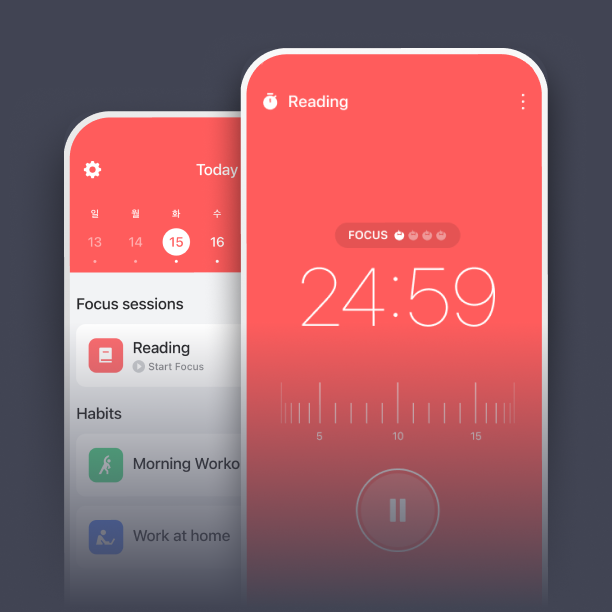What is practical goal-setting frameworks?

What is practical goal-setting frameworks?
In a world filled with distractions and competing priorities, having a clear path to achieving your goals is essential. Practical goal-setting frameworks provide structure and focus, helping you navigate both personal and professional objectives. By implementing these frameworks, you can streamline your goal-setting process and enhance your chances of success.
Understanding Goal-Setting Frameworks
The Definition of Goal-Setting Frameworks
Goal-setting frameworks are structured approaches that guide individuals in defining, planning, and achieving their objectives. They typically include specific criteria and steps to help break down larger goals into manageable tasks. By using a framework, you’re not just setting goals; you’re creating a roadmap that outlines how to reach those goals effectively.
Why Use Goal-Setting Frameworks?
Utilizing goal-setting frameworks offers several benefits for personal and professional growth:
- Clarity: A structured framework helps clarify what you want to achieve.
- Accountability: It establishes a system of accountability, making it easier to track progress.
- Focus: A framework narrows your focus, allowing you to prioritize what truly matters.
- Motivation: Breaking goals into smaller steps can boost motivation as you celebrate each small victory.
Embracing these advantages can lead to a more productive and fulfilling life.
Popular Practical Goal-Setting Frameworks
Let’s explore some popular practical goal-setting frameworks that can be easily implemented.
SMART Goals Framework
The SMART criteria stand for Specific, Measurable, Achievable, Relevant, and Time-bound. This framework provides a clear structure for setting effective goals.
- Specific: Define exactly what you want to achieve.
- Measurable: Identify how you will measure progress.
- Achievable: Ensure the goal is realistic given your resources and constraints.
- Relevant: Align the goal with your broader objectives.
- Time-bound: Set a deadline for achieving the goal.
For more insights on SMART goals, you can check out this detailed guide from MindTools.

Photo by Nishant Aneja
OKR (Objectives and Key Results) Framework
The OKR framework is a powerful goal management system that helps align individual and team objectives. It consists of two components:
- Objectives: What you want to achieve.
- Key Results: The measurable outcomes that track your progress toward the objective.
OKRs encourage transparency and collaboration within teams, ensuring everyone is on the same page. To learn more about OKRs, refer to this comprehensive guide from Asana.
The CLEAR Goals Framework
The CLEAR framework stands for Collaborative, Limited, Emotional, Appreciable, and Refinable. This modern approach focuses on flexibility and teamwork, making it particularly useful in dynamic environments.
- Collaborative: Encourages teamwork and shared responsibility.
- Limited: Keeps goals manageable to avoid overwhelm.
- Emotional: Connects goals to personal values for greater motivation.
- Appreciable: Breaks larger goals into smaller, actionable steps.
- Refinable: Allows room for adjustments as circumstances change.
For a deeper dive into the CLEAR framework, check out KreekSpeak.
Implementing Practical Goal-Setting Frameworks
Having a framework is only the first step. Here’s how to effectively implement these frameworks in your daily life.
Setting Up Your Goals
- Choose a Framework: Decide which goal-setting framework resonates with you.
- Define Your Goals: Write down your goals following the selected framework’s criteria.
- Break It Down: Divide larger goals into smaller, actionable steps.
This structured approach will make your goals more attainable and less daunting.
Tools and Resources for Goal Tracking
Utilizing tools can streamline your goal-tracking process. Consider using apps like Trello or Asana to manage tasks and monitor progress. These platforms allow you to visualize your goals and stay organized.
Evaluating and Adjusting Goals
Regularly reviewing your goals is crucial for success. Set aside time each month to evaluate your progress. Ask yourself:
- Are you on track to meet your goals?
- What obstacles have you encountered?
- Do your goals still align with your priorities?
Be open to adjusting your goals based on your reflections. Flexibility is key to effective goal-setting.
Conclusion: Embracing Practical Goal-Setting Frameworks
Practical goal-setting frameworks offer a structured approach to achieving your objectives. By adopting methods like SMART, OKR, and CLEAR, you can enhance clarity, accountability, and motivation in your goal-setting journey. With the right framework, you can turn your ambitions into reality.
Now is the time to take action. Start using these practical goal-setting frameworks today and watch as you make meaningful strides toward your goals.
